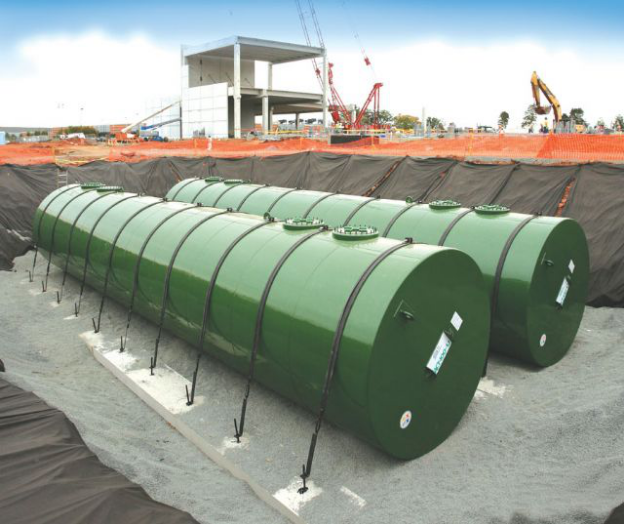Controlling UST releases and mitigating subsequent environmental contamination risks require a robust prevention and detection plan. In our previous post, we looked at what gas station owners can do to prevent UST releases at their sites. And in today’s post, we’ll be focusing on the other part of the plan— how gas station owners can quickly detect a UST release at their facilities before it spreads and contaminates the surroundings.
First things first…
Any UST release detection plan you put in place must meet these two basic criteria:
- It should allow you to detect a leak from any portion of your UST system
- The entailing detection system should be installed and calibrated as per the instructions set out by the manufacturer
Designing a UST release detection plan for your gas station
An all-inclusive UST release detection plan focuses on detecting leaks by using:
- Internal detection technique;
- Interstitial detection technique; and
- External detection technique
Internal detection
Internal detection encompasses methods that enable continuous detection of leaks in UST system components. These methods include:
- Manual tank gauging
- Automatic tank gauging
- Statistical inventory reconciliation
- Tank tightness testing
Implementing these methods require specialized sets of tools and equipment.
Interstitial detection
Interstitial detection technique enables detection of leaks through periodic monitoring of the UST system. Inspections are performed in the space between the UST and secondary containment, and specialized interstitial monitors are used for leak detection.
The EPA has set out specific regulatory requirements that must be kept in check when pursuing the detection technique. Some of these requirements are as follows:
- The selected secondary containment must be located immediately beneath or around the tank
- Interstitial monitors should be checked at least once every 30 days
- Proper records should be maintained for every inspection for one year
External detection
As the name indicates, external detection focuses on detecting leaks by monitoring elements outside the UST system, i.e. soil and ground water. Soil and water sources surrounding the UST site are monitored and tested for the presence of product vapors or the tracer compounds associated with the regulated material.
To learn about the regulatory requirements for external detection technique, check out this link!

All aspects of release detection are thoroughly covered under an all-inclusive UST release detection plan. However, implementing it can be a challenge, especially for small mom-and-pop gas stations that find themselves financially restrained.
Thankfully, the EPA does not force gas stations to pursue an all-inclusive UST release detection plan and has instead established minimum criteria for gas station owners to follow. That means, your detection plan does not necessarily need to cover all the three techniques of release detection; it only needs to cover those techniques that the EPA has specified in your case.
How to find out what the EPA has specified for your case?
You can find that out by visiting the EPA’s official website. Basically, the design requirements vary with UST system installation dates.
Controlling UST releases at your site is essential for running profitable and safe operations. It’s a responsibility from which you must not shy away!
A BONUS read: Should You Sell Compressed Nitrogen at Your Gas Pump?





